Rice is one of the main crops of Binh Thuan province, with an annual cultivation area of over 100,000 hectares, with an average yield ranging from 5.5 to 5.8 tons/ha. However, most farming practices in many localities in the province are still backward, farmers still abuse pesticides and apply too much nitrogen fertilizer, which leads to high harvesting costs but reduced rice yield.
Improve quality associated with product consumption
The province has identified concentrated, high-quality commercial rice production areas as concentrated rice production areas with a scale suitable to each type of production and local conditions, complying with state regulations on food safety, disease safety, environmental protection, and linking production with product consumption. In recent years, the concentrated, high-quality commercial rice areas associated with product consumption have helped farmers in the province feel secure in investing in safe, high-quality production, changing outdated farming practices, improving competitiveness, reducing production costs, and avoiding being forced to lower prices by traders. The province has also identified and developed concentrated, high-quality commercial rice production areas, aiming to build a value chain of high-quality rice and specialty rice with the province's brand in key rice production areas, developing sustainably, increasing income, and significantly improving the lives of rice growers. Step by step, strongly transform the mindset from agricultural production to agricultural economic development in rice production. In addition, synchronously apply technical advances in rice cultivation, change awareness and production techniques for farmers, create a shift from old production methods to new production methods applying science and technology to adapt to climate change. Enhance commercialization and sustainability of the value chain. Develop stable and sustainable high-quality rice production areas, promote advantages in natural conditions, household resources, infrastructure, to improve economic efficiency for farmers and ensure food security. Duc Linh and Tanh Linh districts are the two localities with the largest rice growing areas in the province. To implement the policy of encouraging the development of cooperation in linking production and consumption of agricultural products, Duc Linh district has built a specialized area for high-quality rice production associated with restructuring the agricultural sector in the district. Accordingly, the district has synchronously implemented solutions to build high-quality rice areas based on the foundation of previous production linkages, combined with the implementation of new production solutions on varieties, application of science and technology, organization of large-scale field production, production according to value chains, signing consumption contracts with enterprises on specialty rice products associated with high-end markets. As a purely agricultural mountainous district of the province, with the advantage of the lower La Nga River, Tanh Linh district annually cultivates over 23,000 hectares of rice. Identifying this as a key rice area of the province, the provincial agricultural sector always focuses on building Tanh Linh into a high-quality rice production area through "four-house" linkages, in order to meet market demand and increase farmers' income, while aiming to build a brand for exported rice for the province.
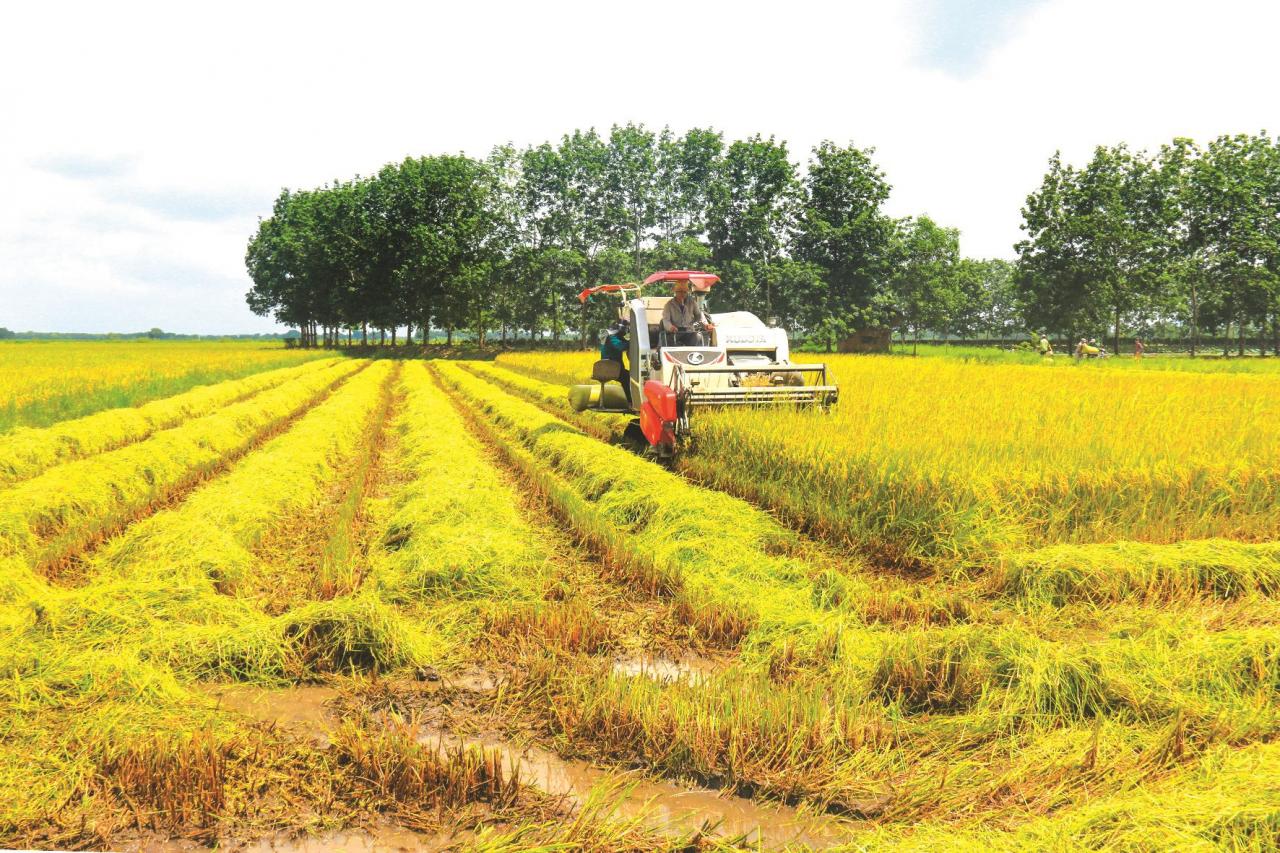
Maintain stable area of high quality commercial rice production
The province's goal is to strive by 2025 to stabilize the area of high-quality commercial rice production at 17,745 hectares, with a yield of over 60 quintals/hectare, of which about 50% of the area is linked and contracted with enterprises in production and product consumption. Profits will increase by about 10 - 15% compared to normal production. By 2025, build 15 demonstration models of rice production according to VietGAP standards or equivalent to increase productivity, quality and efficiency suitable to the conditions of each locality. Promote the production of high-quality rice according to the criteria of large fields in some key rice production areas such as Duc Linh, Tanh Linh, Ham Thuan Bac, Bac Binh and Tuy Phong to quickly shift to concentrated, large-scale, highly efficient commercial rice production associated with new rural construction. Build 5 rice production linkage chains according to the value chain. Building about 30 pilot demonstration models of some high-quality rice varieties to identify some rice varieties with productivity and quality that are adaptable to climate change and include them in the local variety structure. To achieve that goal, it is necessary to innovate production organization forms. Accordingly, for high-quality rice areas, production will be reorganized in the direction of promoting cooperation and linkage to reduce production costs and increase value from the stages of production, processing and product consumption. Farming households will be reorganized into cooperatives and cooperatives and will be more closely linked with input material supply enterprises and output consumption enterprises in the direction that farmers are provided with quality-assured inputs at lower prices, while selling rice at stable and higher prices.
Promote linkages in high-quality rice production, especially between farmers and enterprises, cooperatives, and cooperative groups to concentrate land and reorganize production in the direction of specialization, forming large-scale commodity production areas, facilitating the application of scientific and technical advances, mechanization, advanced production processes, creating rice products of uniform quality. Increase the application of high technology, produce rice with quality certificates, and organic rice. In addition, promote linkages between high-quality rice areas in production and processing to exploit advantages and potentials and move towards developing large-scale commodity production according to the value chain, enhancing competitiveness in the context of international integration...
Source


![[Photo] Special relics at the Vietnam Military History Museum associated with the heroic April 30th](https://vstatic.vietnam.vn/vietnam/resource/IMAGE/2025/4/3/a49d65b17b804e398de42bc2caba8368)
![[Photo] General Secretary To Lam receives Japanese Ambassador to Vietnam Ito Naoki](https://vstatic.vietnam.vn/vietnam/resource/IMAGE/2025/4/3/3a5d233bc09d4928ac9bfed97674be98)



![[Photo] Moment of love: Myanmar people are moved to thank Vietnamese soldiers](https://vstatic.vietnam.vn/vietnam/resource/IMAGE/2025/4/3/9b2e07196eb14aa5aacb1bc9e067ae6f)



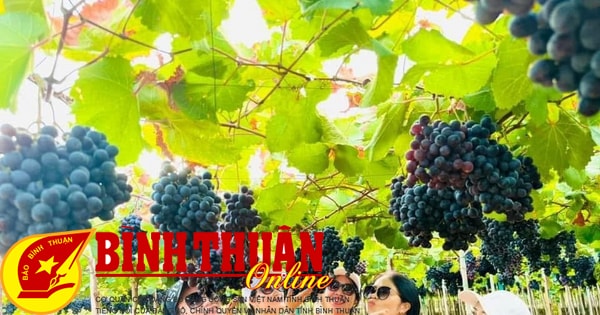




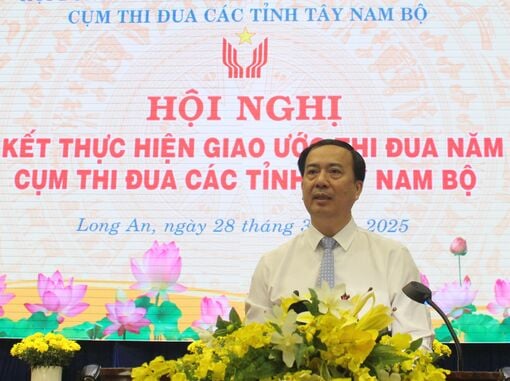
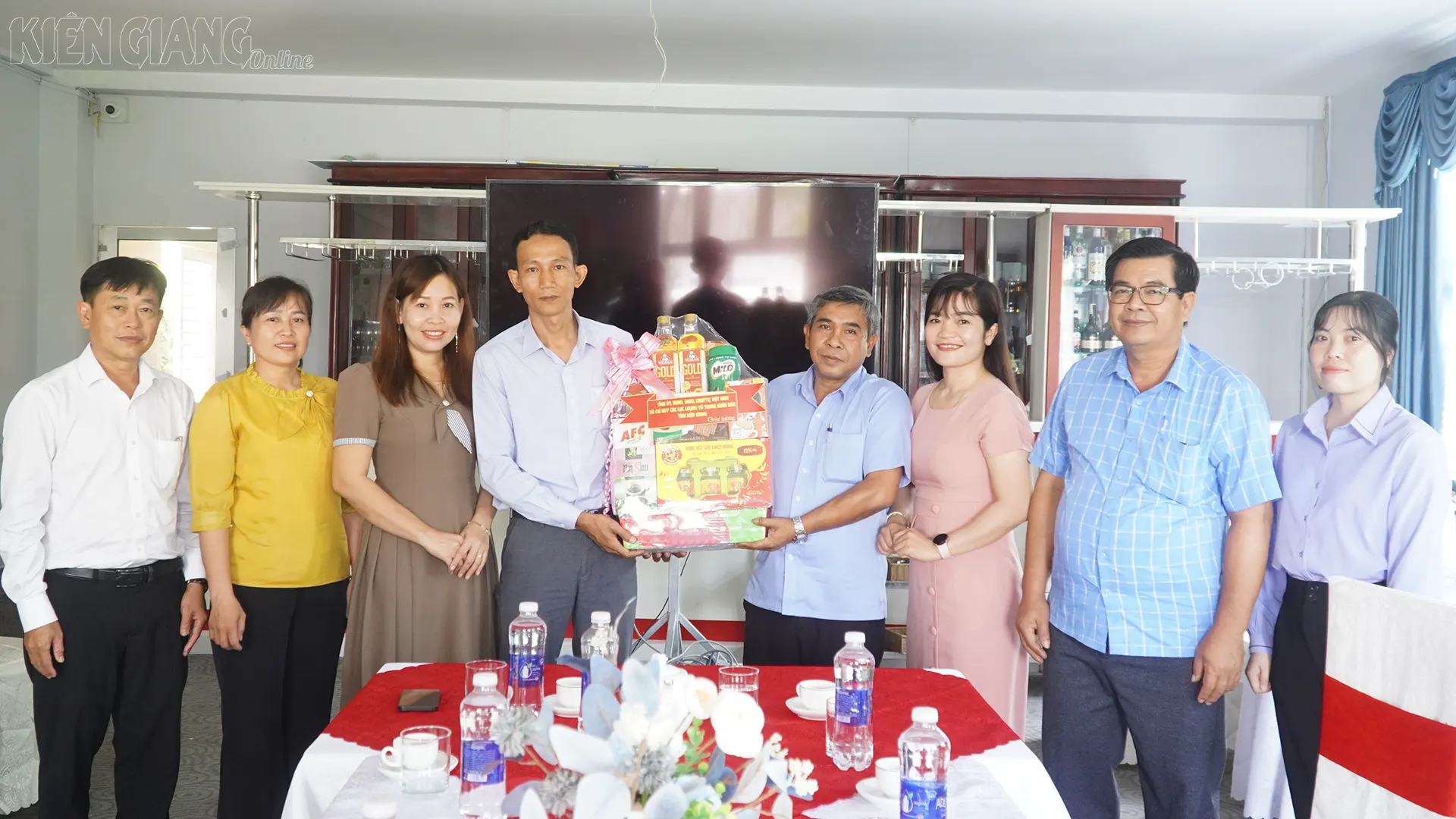

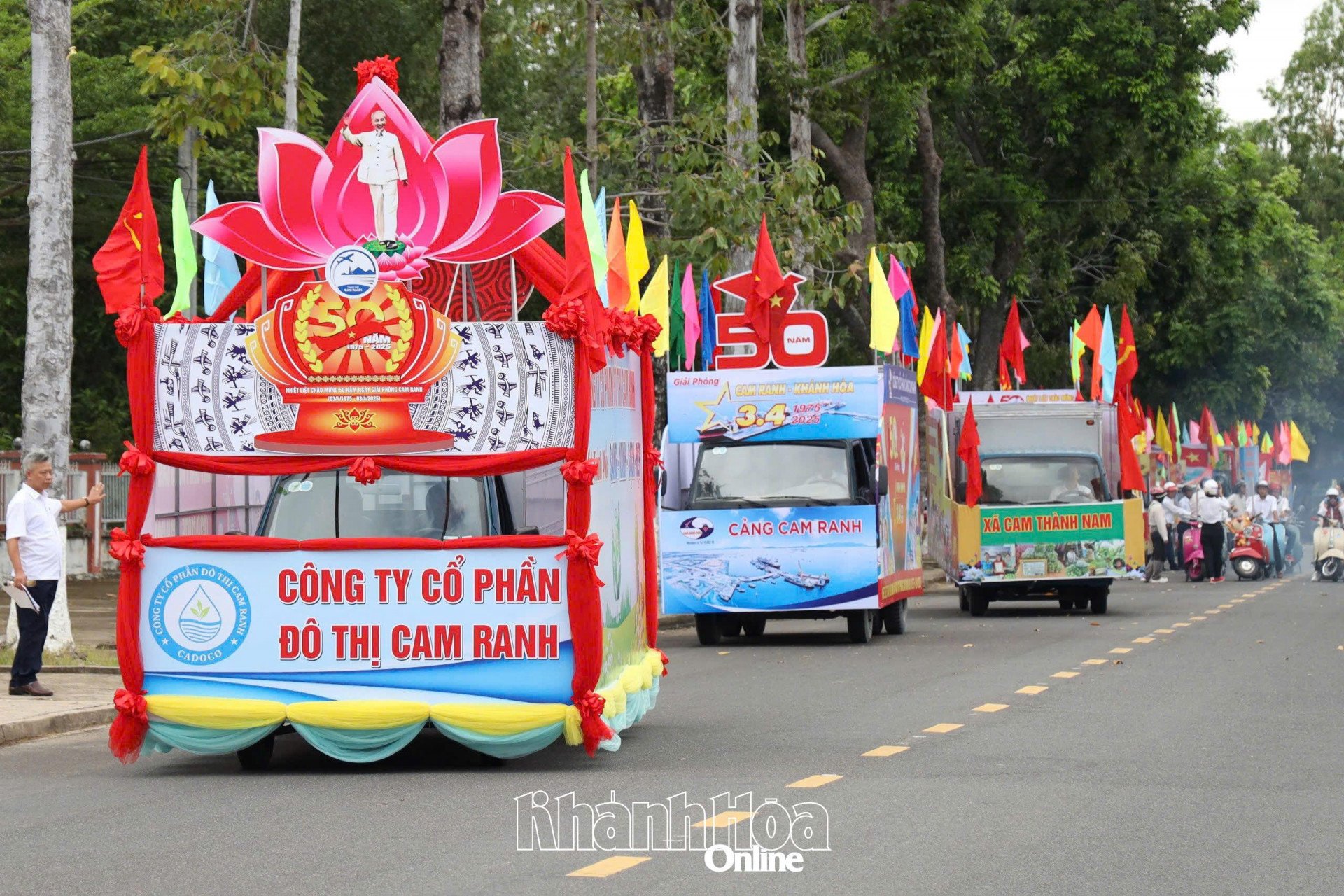






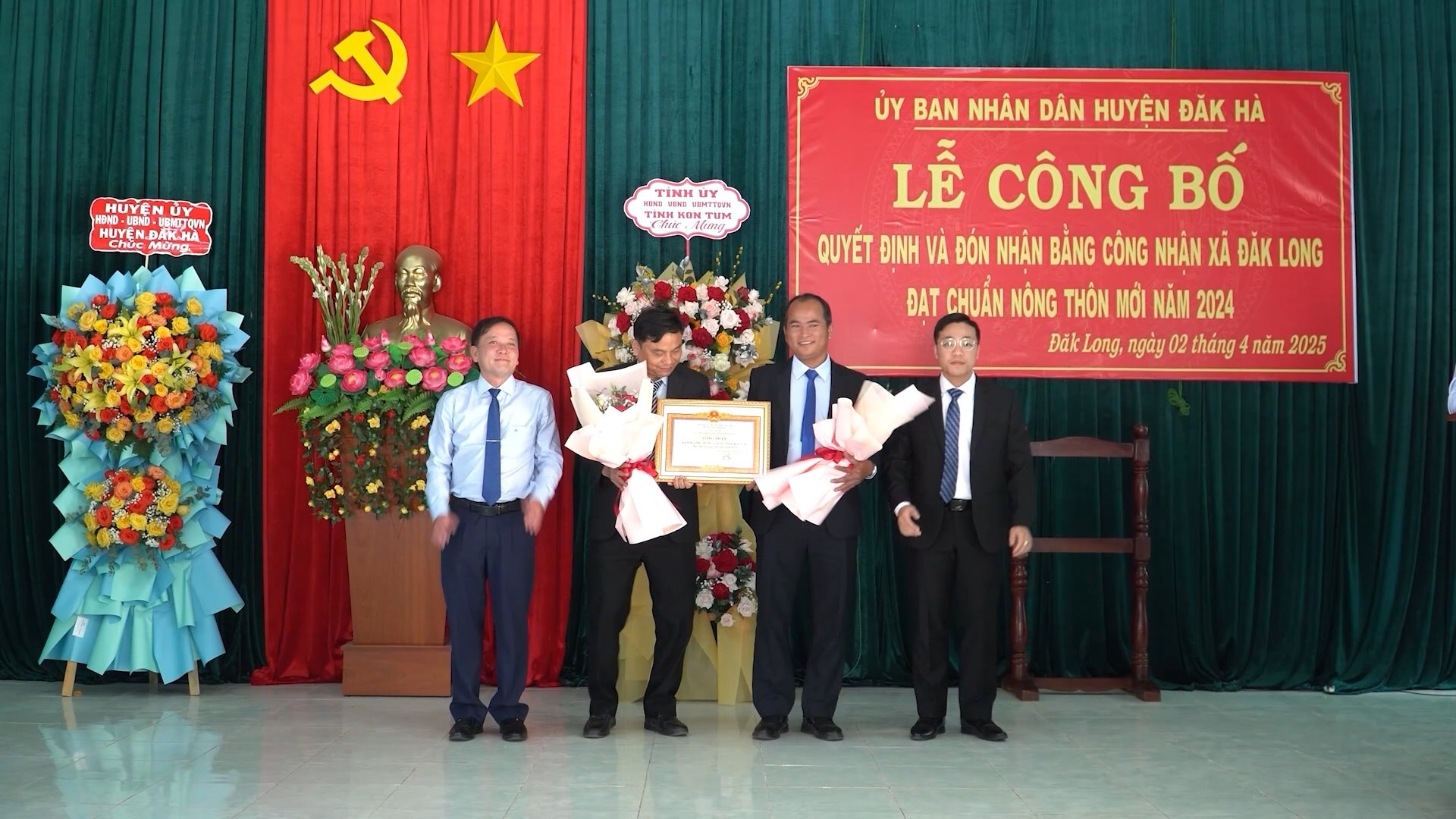


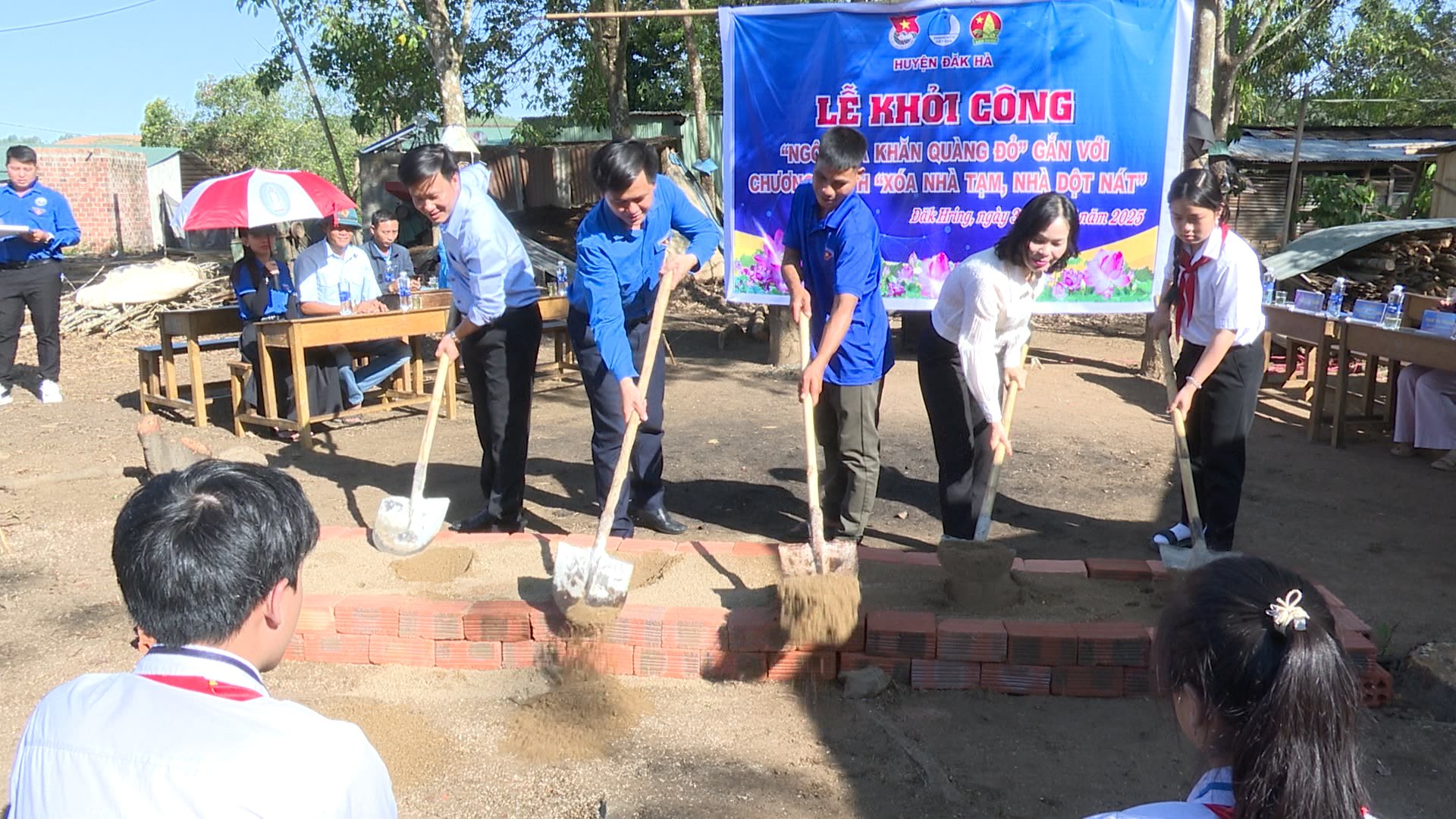

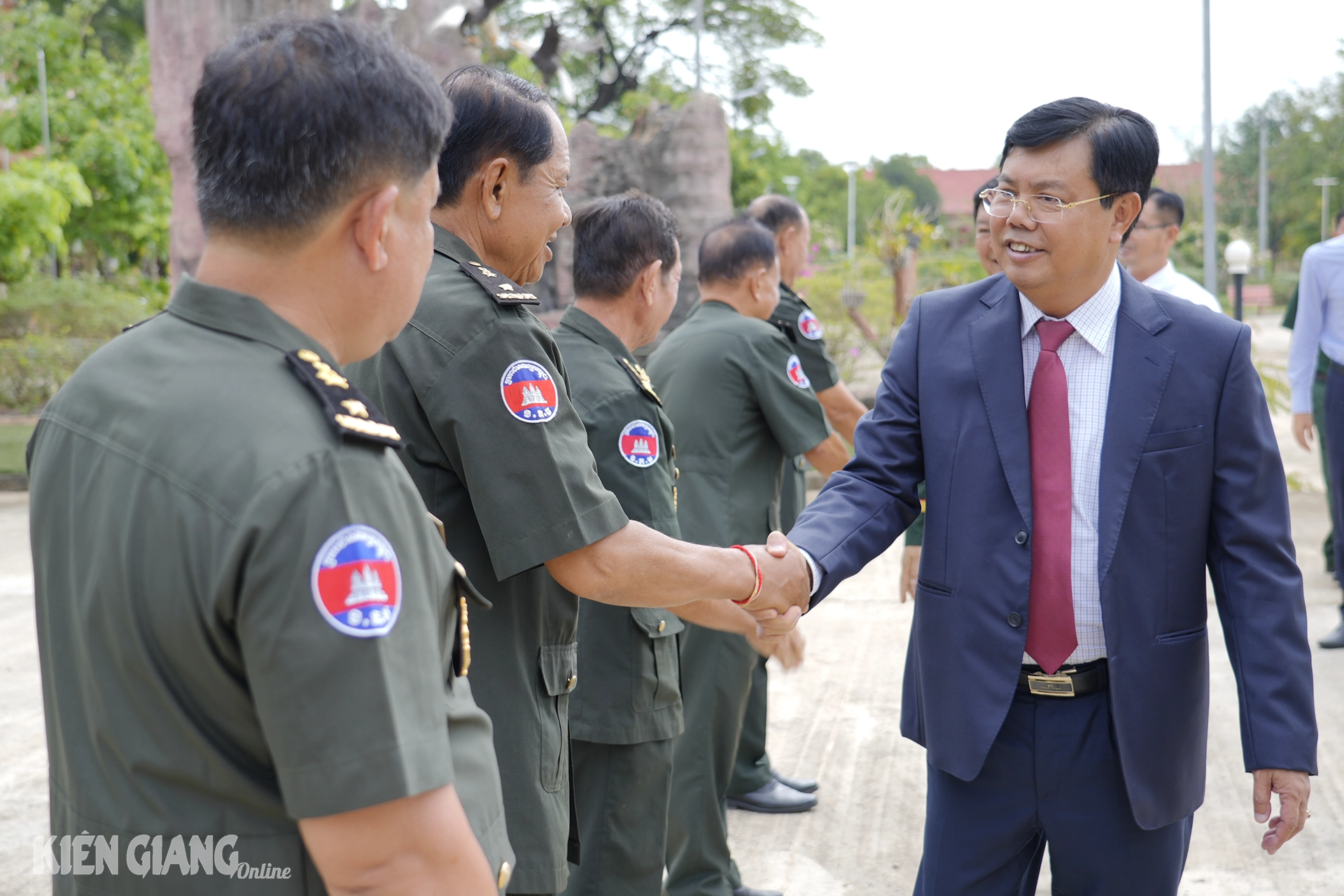





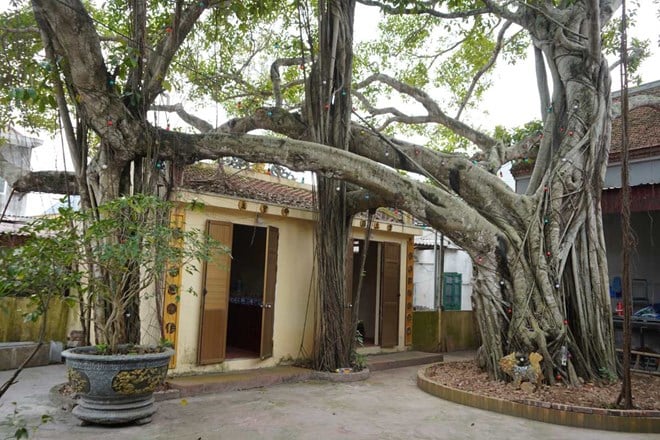





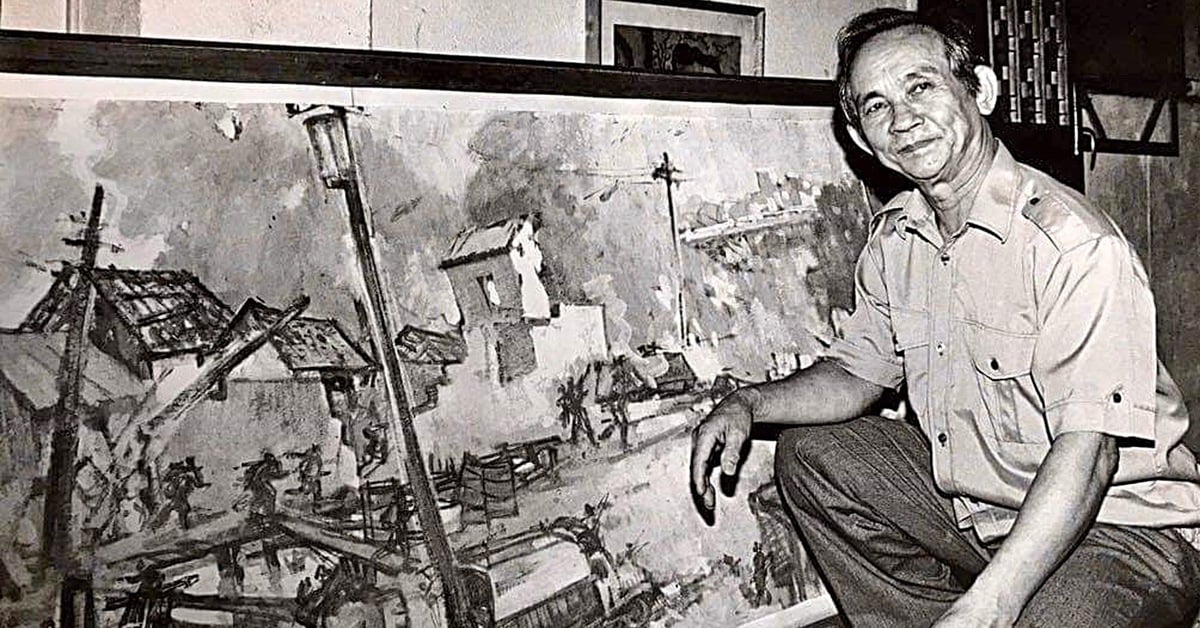


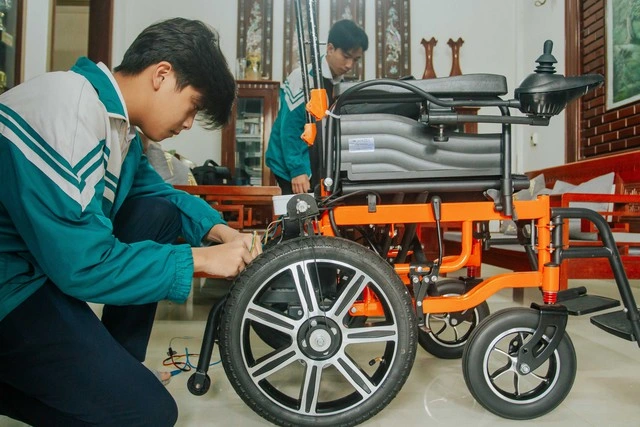


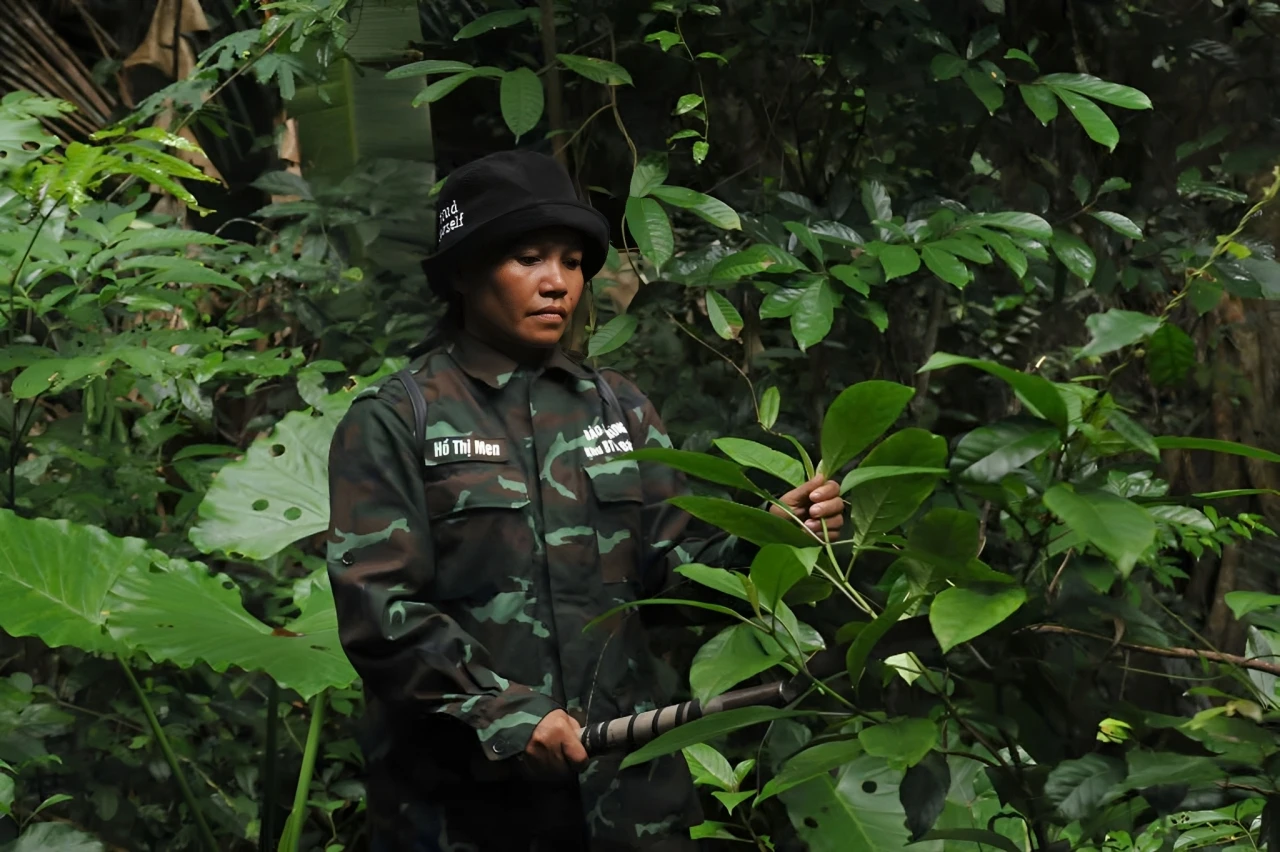












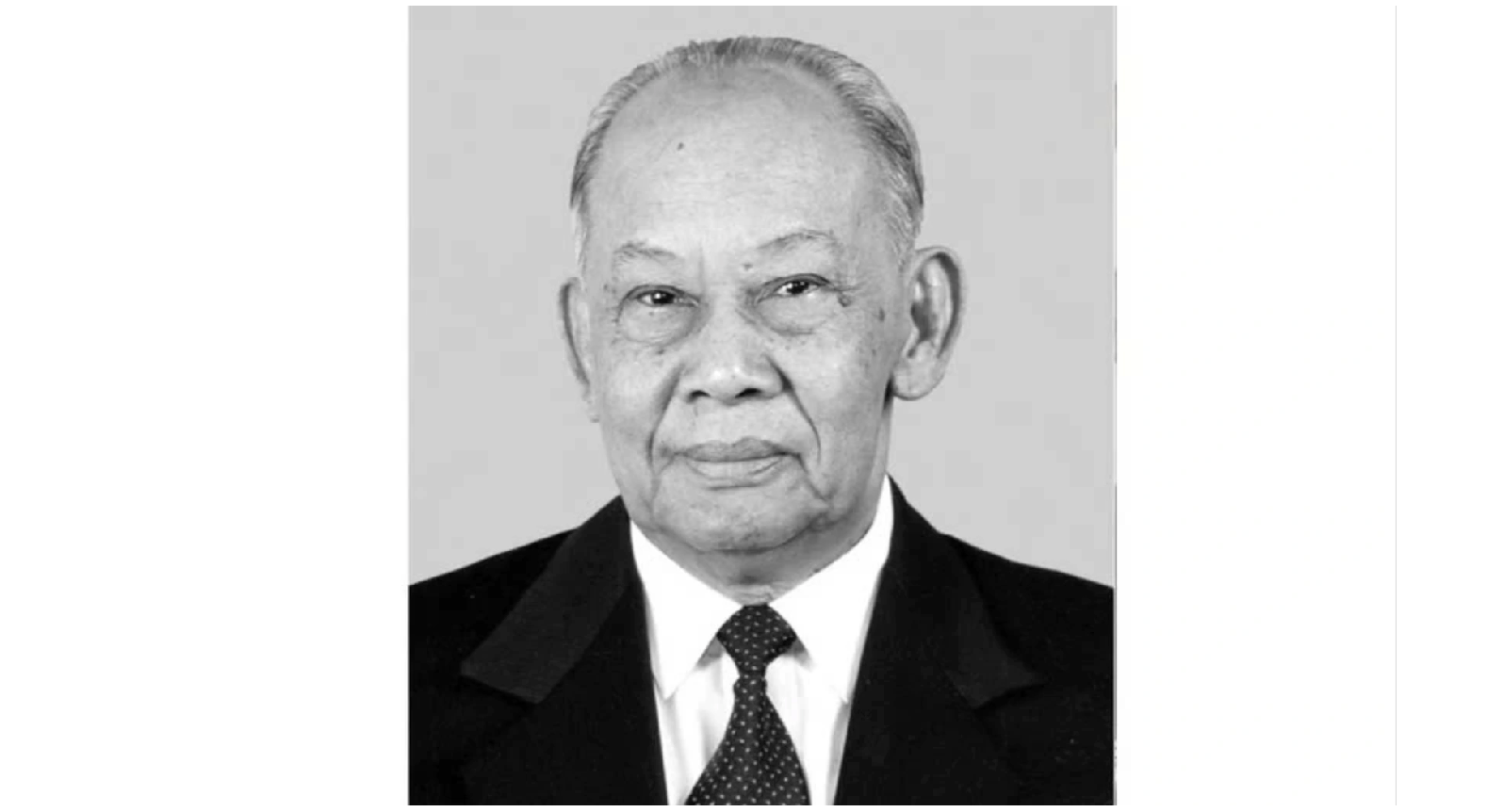
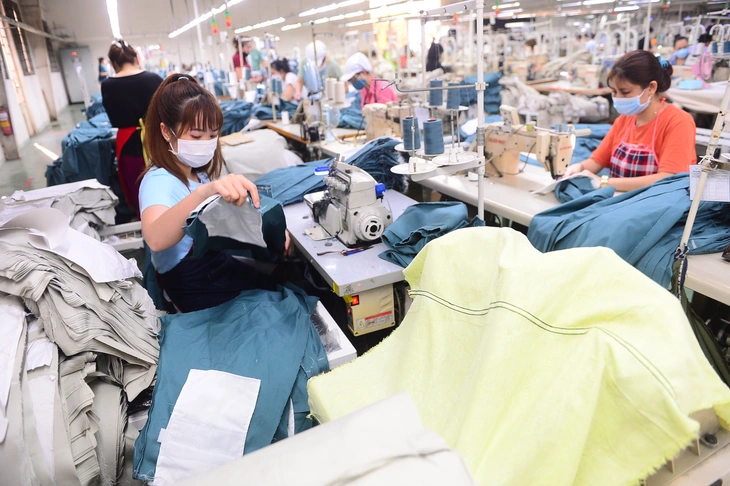
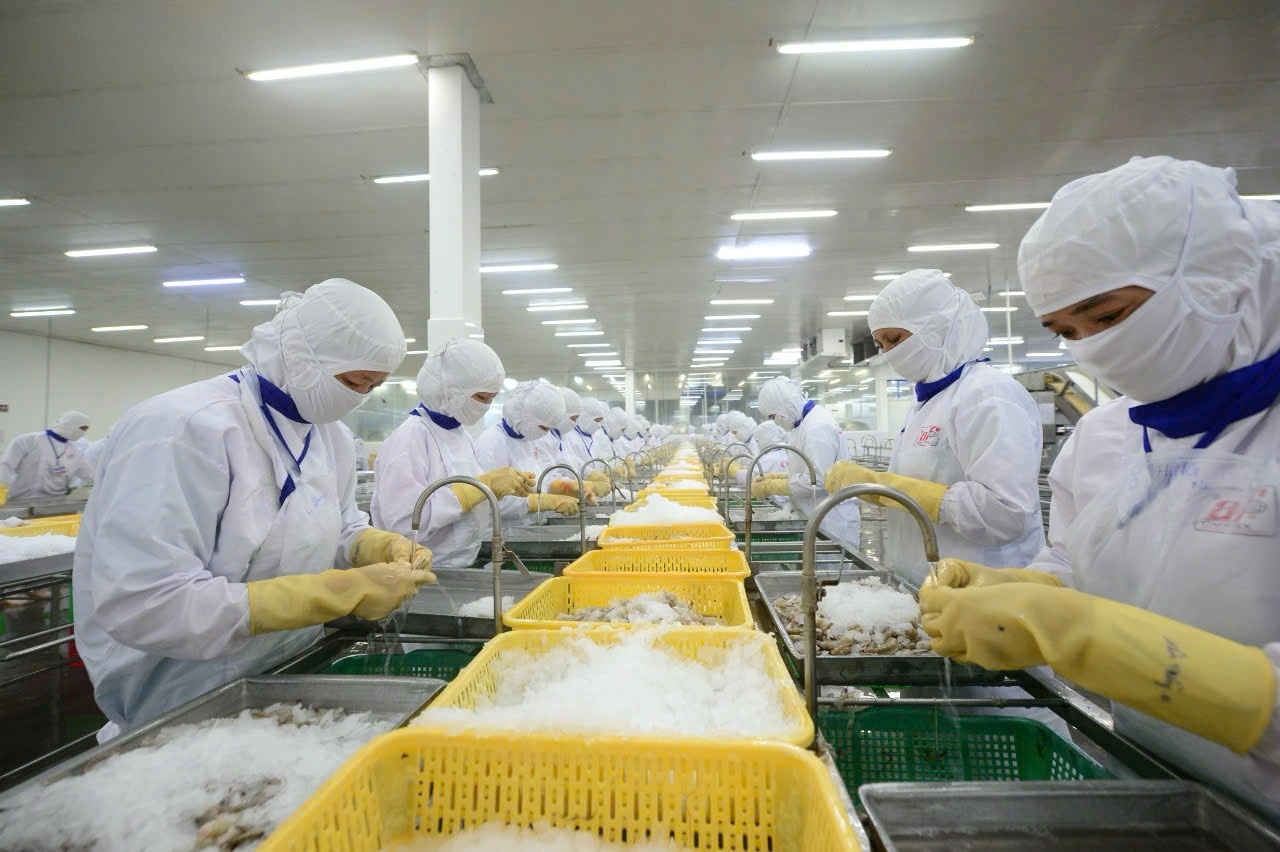

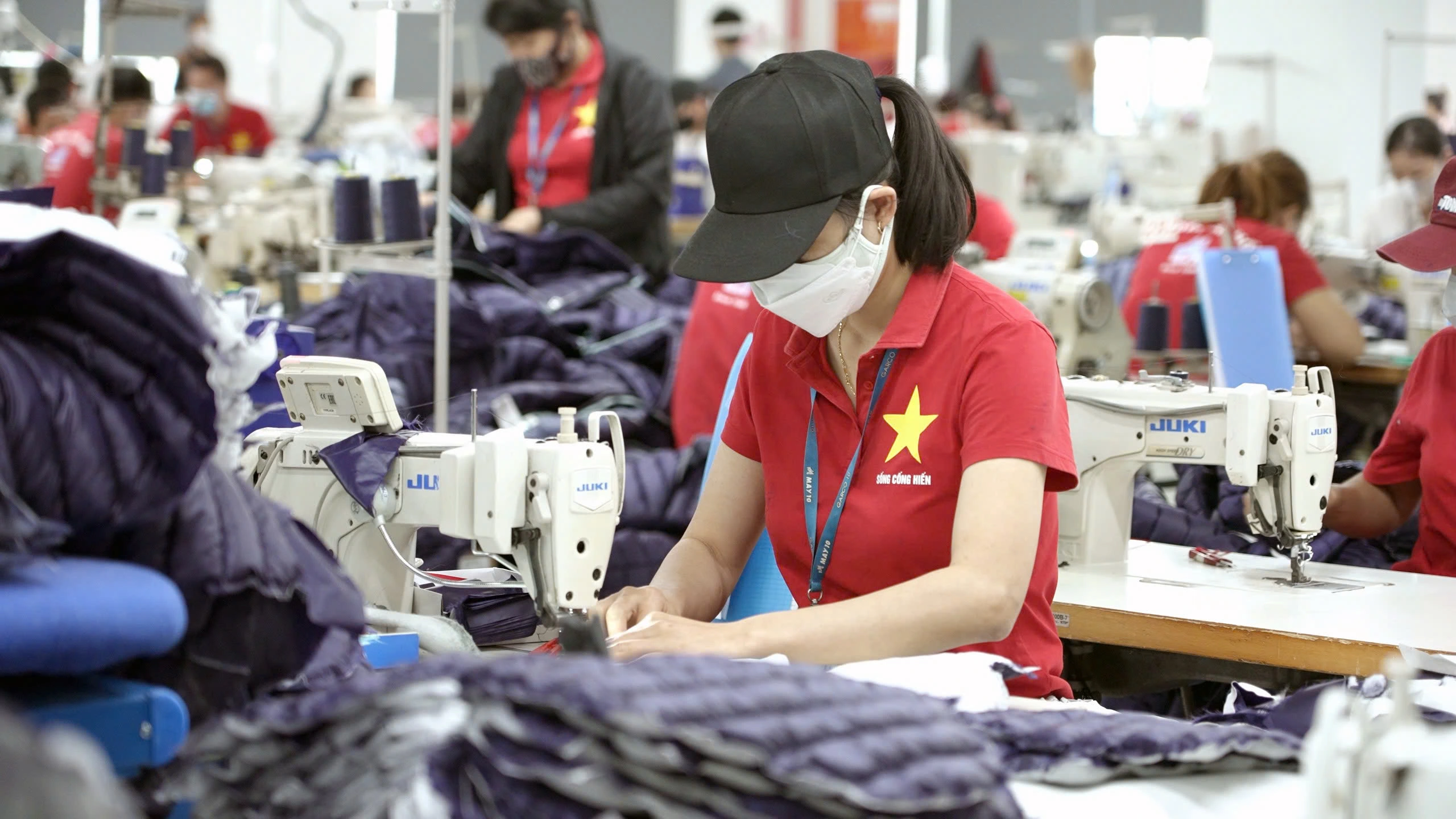
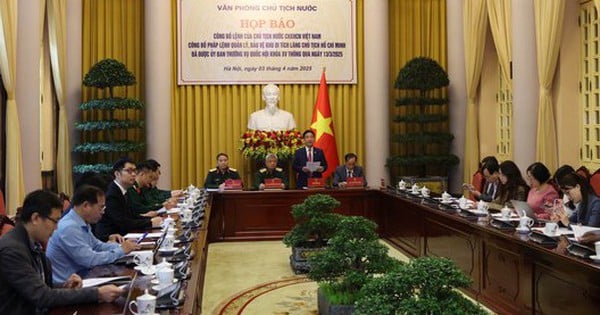




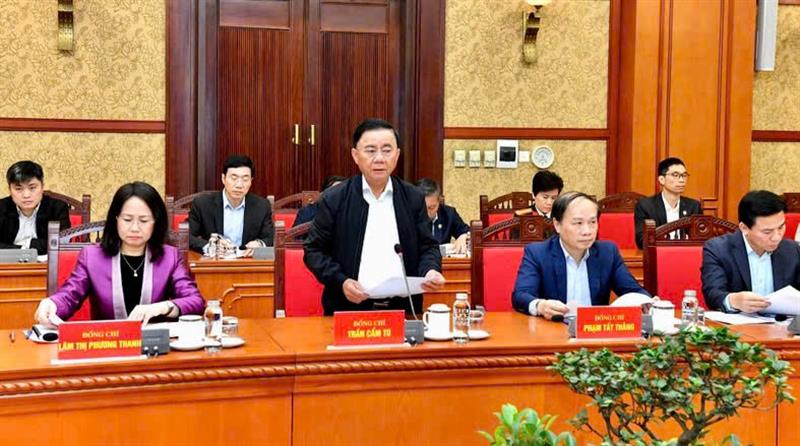


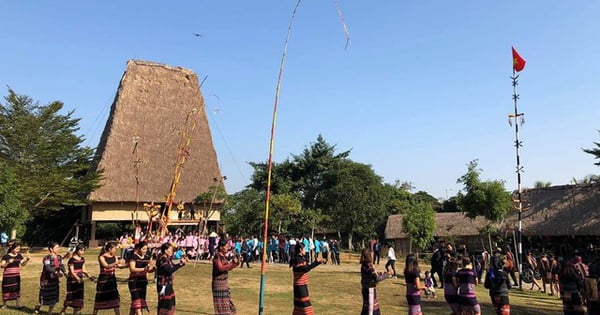














Comment (0)